The exploitation of greenhouses from their creation has contributed immensely to optimise agricultural production systems. Be it for fruit, nuts, crops, grain, horticulture, or herb production, yields and quality have improved. However, simply erecting a greenhouse will not miraculously improve yields. The greenhouse demands efficient management to attain the best results.
One of the elements some farmers and agribusinesses may overlook is the first step in greenhouse application, which is picking the right location. Factors that influence this are the climate zone, intended use of the greenhouse, uninterrupted sunlight exposure, drainage, direction and strength of winds, pests, soil quality, safety and the availability of utilities.
Climate zones which can be arid, mild/warm, or cold determine a greenhouse siting. Arid climates work best with a site that receives plenty of moisture and shade. The availability of these aids in keeping plants alive during dry spells. For cold or windy climates, a site that is protective of the structure is more suitable. A site may provide such protection through trees, buildings, hills or artificial wind breaks. A wind chill factor can hugely reduce the interior temperature of the greenhouse, so an effective barrier keeps plants warm and prevents wind damage during storms.

(Source: dengarden.com)
If for instance the greenhouse will be used mainly for starting seeds and transplants in the summer, then an area with partial shade would be ideal.
Partial shade will help minimize heat build-up in the afternoon. Farmers who want to grow plants all year round, including during the winter, should ensure that the long side of the greenhouse runs east-west to maximise light during the darkest months. However, if the greenhouse is to be utilised in spring and summer, then it’s better if its short side runs north-south so both sides of the greenhouse get an equal amount of light. Lastly, for lean-to greenhouses the best location is north facing, with the supporting wall on the south side.
For greenhouses requiring maximum light exposure it is unadvisable to place a greenhouse underneath any tall trees, high walls and tall hedges as they greatly reduce the amount of sunlight that reaches your plants. This is made even worse when the glass/plastic gets dirty from bird droppings, sticky pollen and other materials. In bad weather or high winds, branches, twigs can break off, potentially damaging the glass/plastic.
Accessibility around the greenhouse is important. It is essential to make sure there is at least 1 to 2 metres of space around the entire outside perimeter. This space will ensure that replacement, reparations and cleaning procedures are easily undertaken as all the greenhouse sides are accessible.
Inasmuch as accessibility around the greenhouse is important, so is accessibility to the structure. Production activities will require the transportation of all kinds of heavy equipment and materials such as heavy plant trays, bags of soil, tools, and containers, thus the structure should be close to storage facilities.

Construction of a greenhouse. (Source: tubbycreekfarm.com)
The greenhouse site should be close to the washing and processing area too. The functionality of the greenhouse can also be optimised by ensuring that roads leading to the greenhouse are suitable for all seasons.
Greenhouses are also best built on elevated ground so run-off flows away from the structure. During the rainy season, extra water coming off the roof needs to run off as efficiently as possible. In cases where elevated ground does not provide a slope, drainage pipes must be provided.
If you are planning to plant in the soil, the soil quality under the greenhouse plays a pivotal role in promoting the healthy growth of plants, thus the site must either have excellent soil quality or the potential to possess it. If the area is already cultivated and the soil is healthy, little preparation is required. If the greenhouse site has less than perfect soil, adding compost will improve its organic matter content and nutrients availability.
The easiest way to determine soil quality is to do an analysis. Nutrient and texture analysis at a laboratory is possible for inexperienced farmers.
The further away a greenhouse is from other agricultural activities or projects the better, as pests from these can end up inside or around the greenhouse.
When it comes to safety, it is imperative to safeguard that the greenhouse with shatterproof materials and is not near areas where the site will frequently receive visitors (human and animals). This upholds uninterrupted production and ensures that the biosecurity of the project is maintained.
All greenhouses need a place to store pesticides, chemicals, and other potentially hazardous materials. The location chosen should not endanger local wildlife or groundwater supplies in case of leaks or spills.
References
Marshall, R. (2019) Available at: https://hartley-botanic.co.uk/magazine/locating-greenhouse-uk/
BBC Gardeners’ World Magazine. (2019) Available at: https://www.gardenersworld.com/plants/sitinga-greenhouse/
Bartok, J. W. Jr. Design and Layout of a Small Commercial Greenhouse Operation. Available at: https://ag.umass.edu/greenhouse-floriculture/fact-sheets/design-layoutof-small-commercial-greenhouseoperation
Garden & Greenhouse. (2022) Available at: https://www.gardenandgreenhouse.net/tips-forchoosing-the-perfect-spot-for-yourgreenhouse/
Pierce, R. (2020) Here’s Where to Position Your Greenhouse. Available at: https://www.newlifeonahomestead.com/greenhouse-positioning/
Ideal greenhouse or diy hoop house orientation and location. (2022)
Available at: https://www.bootstrapfarmer.com/blogs/building-agreenhouse/ideal-location-for-agreenhouse
May, S. (2010) Planning for a Hobby Greenhouse: Size and Location Matter. Available at: http://www.backyardcity.com/Outdoor-Patio-Blog/planning-for-a-hobby-greenhousesize-and-location-matter/
Where to position your greenhouse. Available at: https://www.thompson-morgan.com/where-toposition-your-greenhouse
Grant, A. Available at: https://www.gardeningknowhow.com/special/greenhouses/where-to-putgreenhouse.htm#:~:text=Try%20to%20situate%20the%20greenhouse,of%20year%20they%20are%20grown

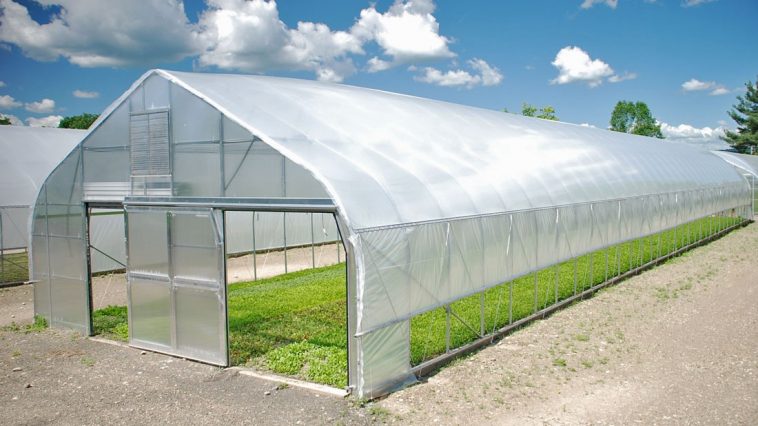
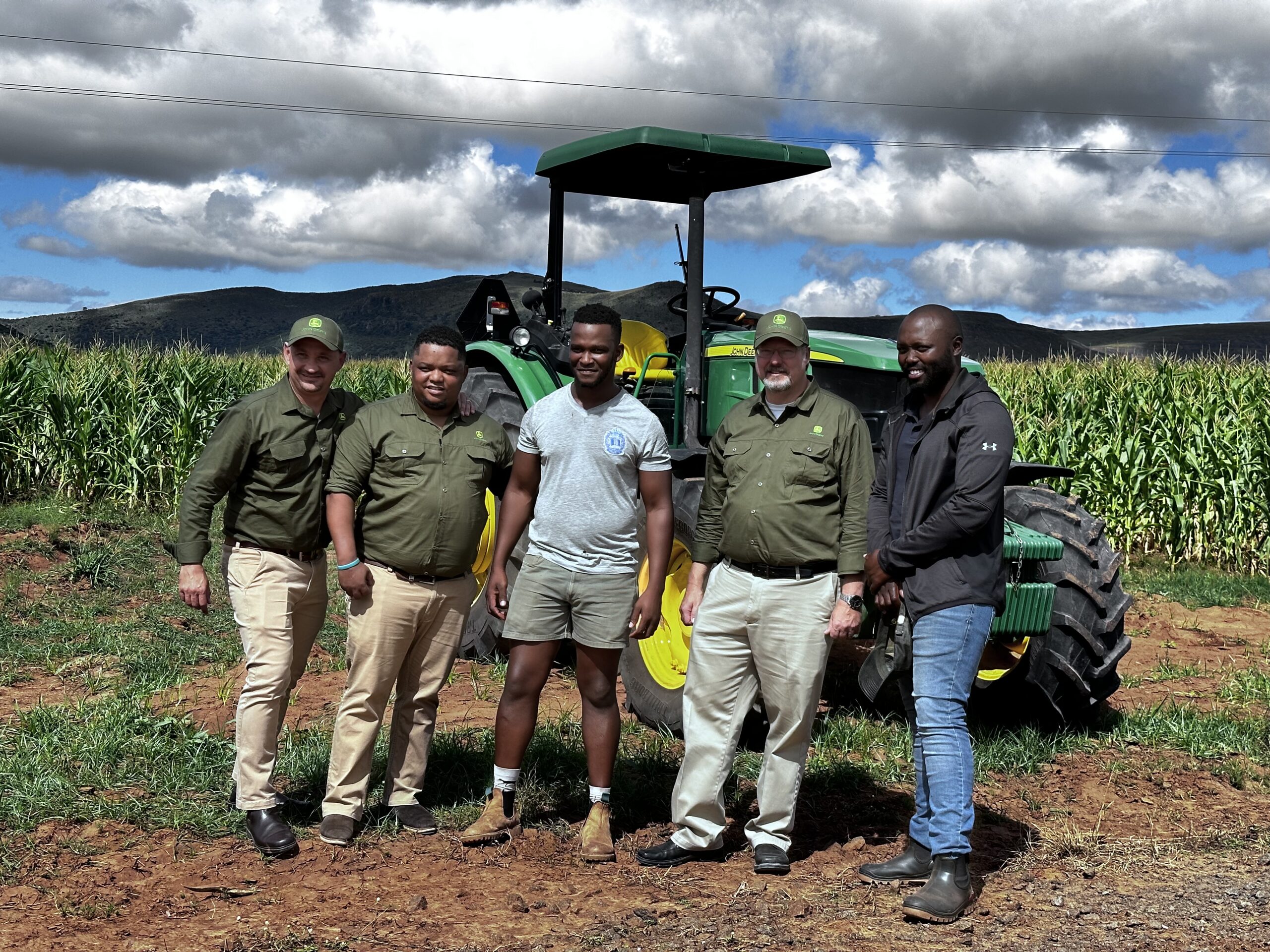


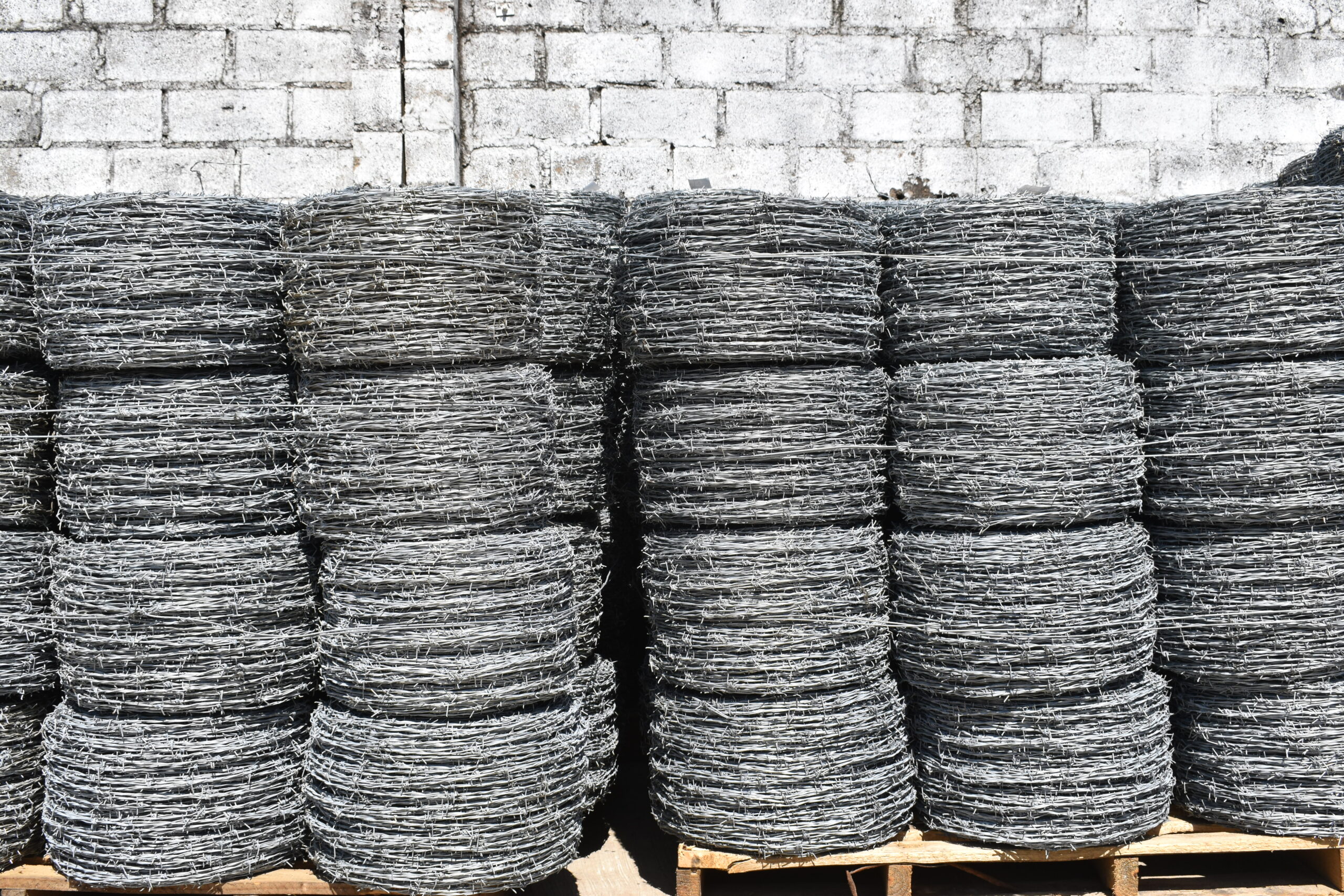
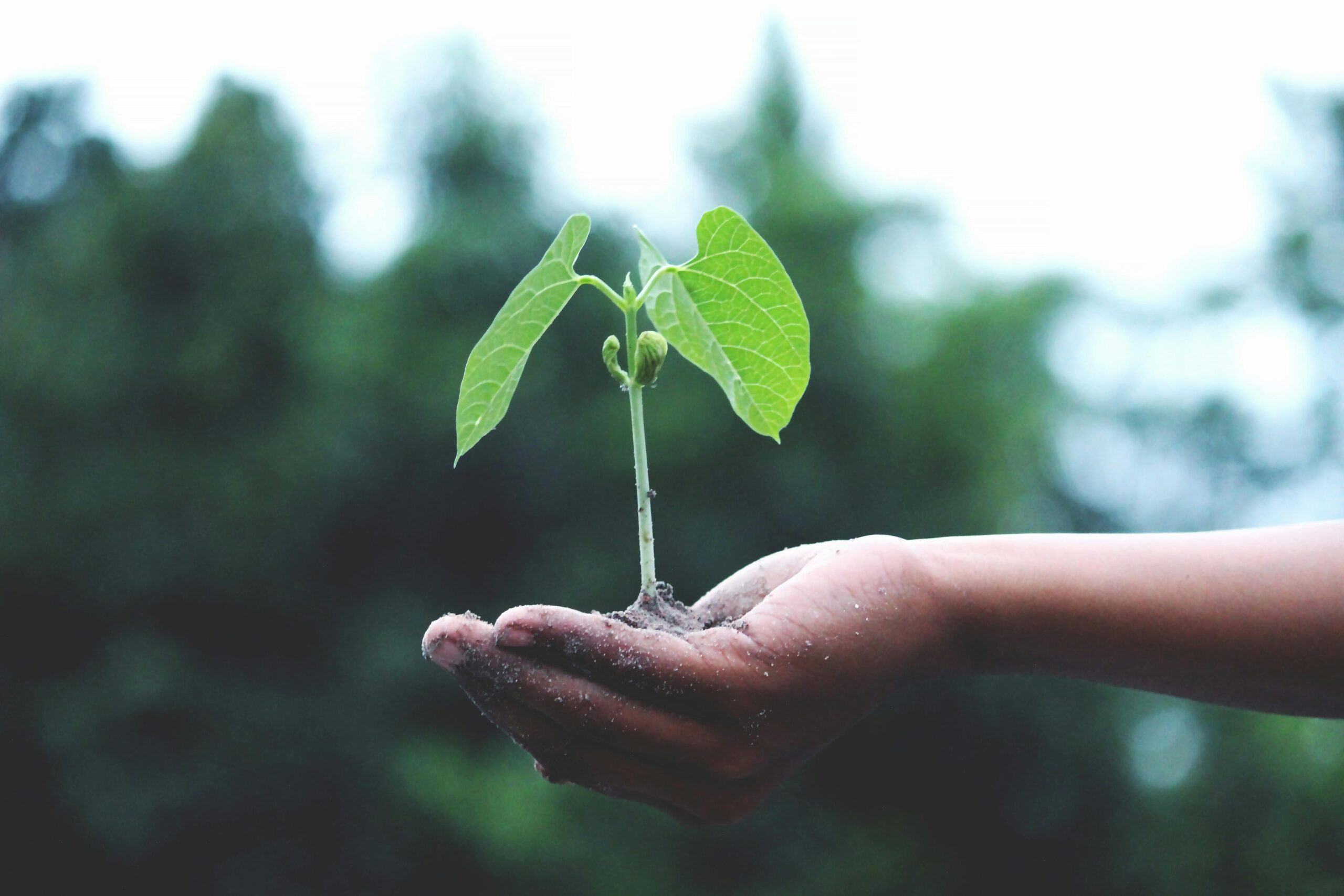
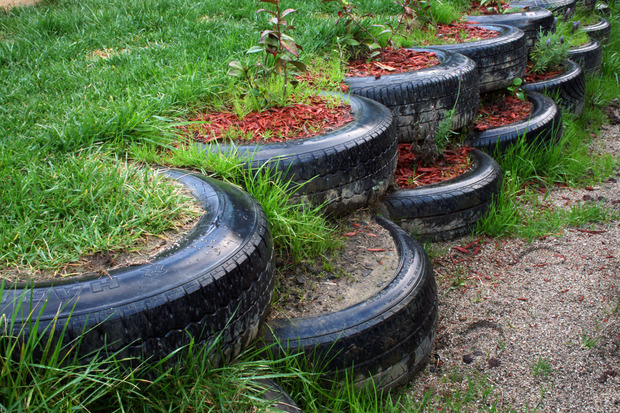
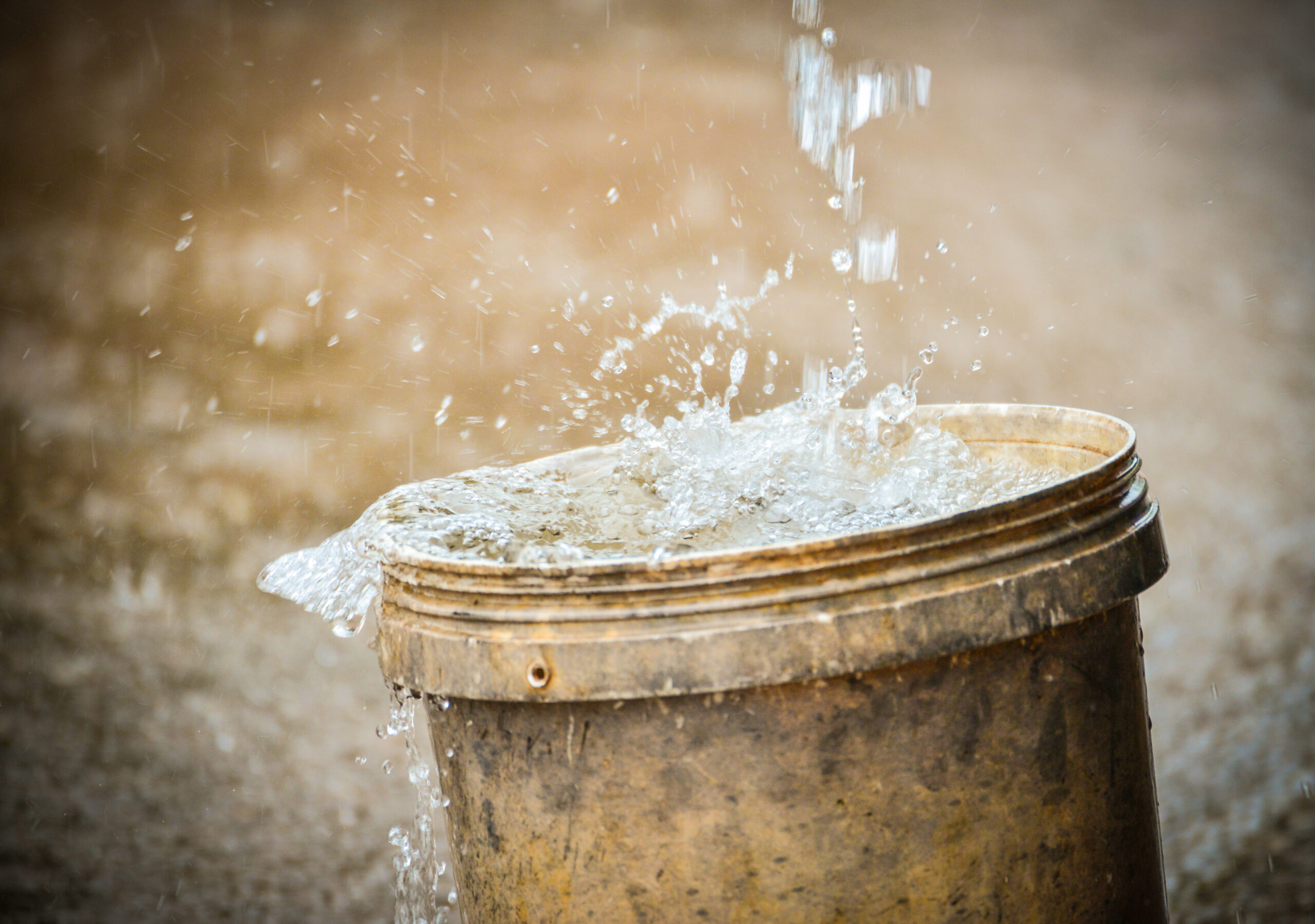
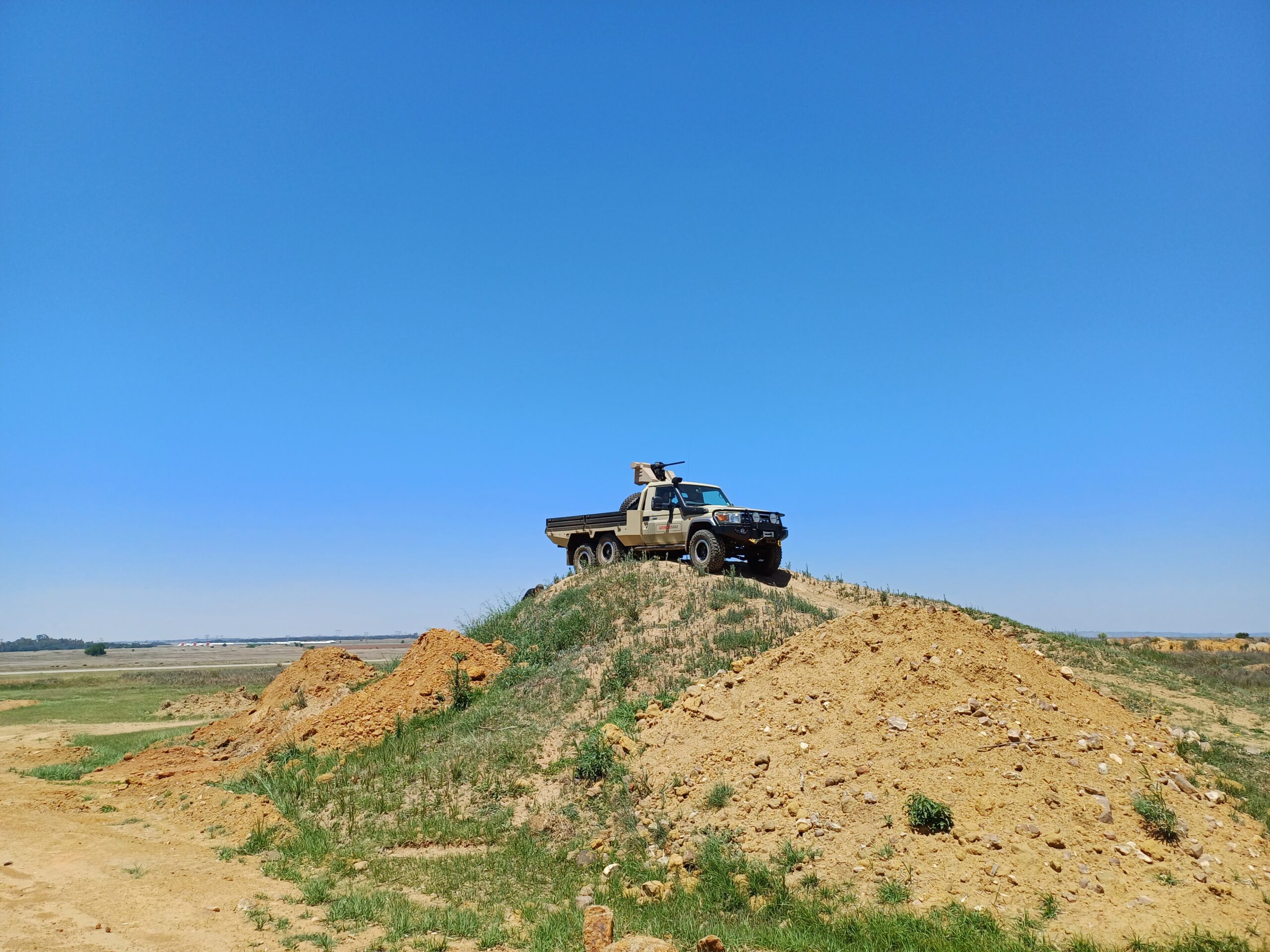
Incredible knowledge presented here